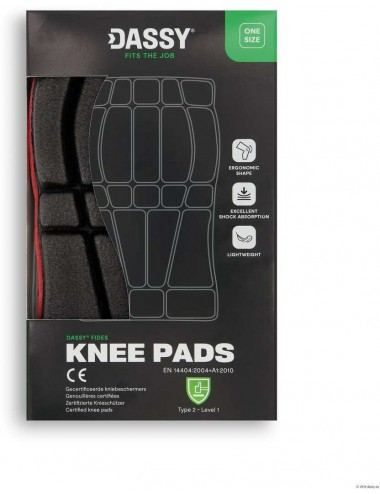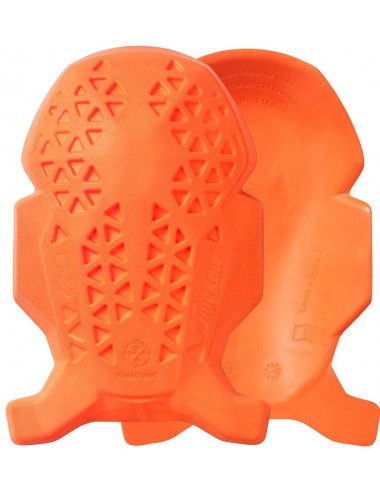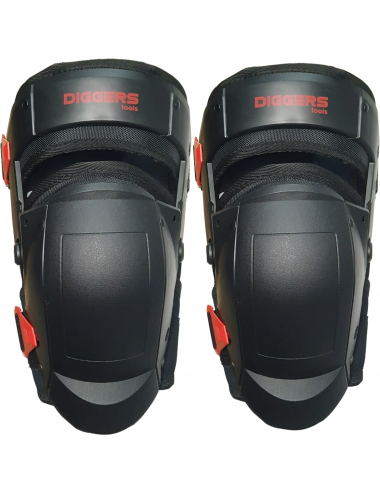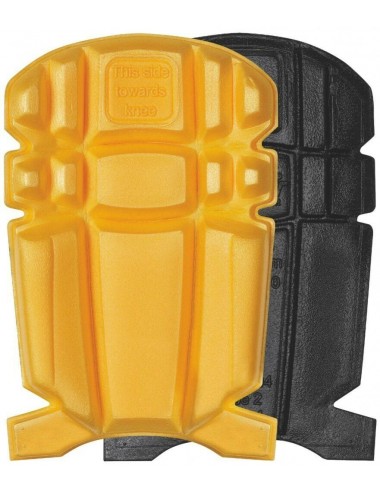- today
- perm_identity Igor z Balticbhp
- label News
- favorite 1 likes

Everything you need to know about protective kneepads – a guide from Workwear Academy
Knee protection is a topic you shouldn't ignore. If you work in the finishing, construction, or installation industries, well-chosen protective kneepads can protect you from serious health problems. Find out how to choose the right model and why it's so important.
1. Types of kneepads – how to choose the right ones?
Not all work kneepads are the same. They differ in material, design, and purpose. Below you'll find a breakdown to help you understand which models are best for your job.
▶️ Kneepads for Occasional Kneeling
Made of EVA foam or rubber, they provide basic protection against knee impact on hard surfaces. Ideal for people who frequently kneel for short periods, such as construction workers or assembly workers. They are characterized by high flexibility and cushioning.
⚡️ Examples: Snickers 9110, Dassy Cratos
▶️Kneepads for work involving frequent changes of position
Made of harder materials. They provide a balance between patella protection and knee support. Good for plumbers, electricians, and installation workers.
⚡️ Example: Snickers 9169
▶️ Kneepads for prolonged kneeling work
Designed for industries that spend many hours a day kneeling. Their purpose is to relieve the knee joint and transfer the load to the shinbone. They often use modern technologies, such as D3O.
For whom? Tilers, parquet layers, floor layers, microcement installers.
⚡️Protip BalticBHP: D3O technology is a material that remains soft but hardens upon impact. Ideal protection for dynamic work on the knees.
2. Knee problems in the finishing industry – a real problem
Lack of knee protection can lead to serious illnesses. Daily kneeling, lifting materials, and working on hard surfaces is a surefire path to:
- Chondromalacia patella – damage to the cartilage under the kneecap, causing pain and limited mobility
- Inflammation – localized pain, stiffness, a feeling of friction
- Degeneration – chronic knee injuries requiring treatment or even surgery
⚡️ BalticBHP Protip: Take care of your knees even outside of work – strengthen them with exercises: half-squats, lunges, stretches, and leg extensions. It only takes a few minutes a day, and it can save you from years of pain.
3. Protips when buying knee pads – you won't read this anywhere else
- Match your knee pads to your pants – choose models from the same brand as your work pants. This will help them fit in your pocket and prevent them from shifting.
- Washing knee pads? Throw them in the washing machine with your pants. Good models will withstand this.
- Different jobs = different knee pads. Do you have a changing range of responsibilities? It's worth having two different models for different tasks.
- Regular replacement – replace heavily used knee pads every 3-6 months.
- Don't skimp on safety – cheap models don't provide adequate protection.
- Check the P / L markings – some knee pads are designed for a specific leg.
- Avoid overheating – high temperatures can damage EVA and D3O foam. Don't dry kneepads on a radiator or leave them in direct sunlight.




